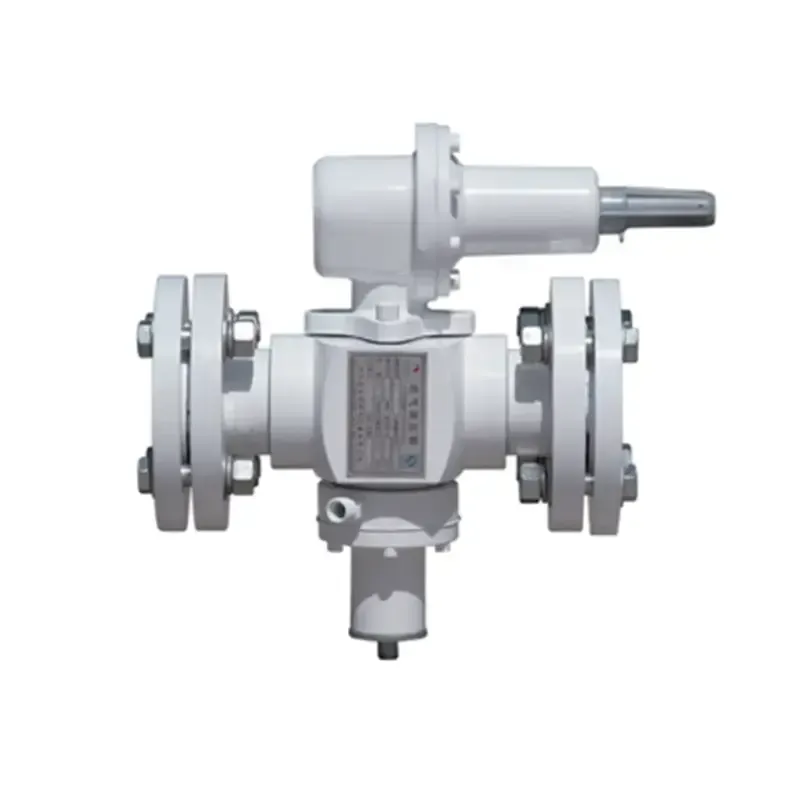
Dec . 03, 2024 18:10
Back to list
relief valves
Understanding Relief Valves Essential Components for Safety and Efficiency
Relief valves are critical components used in various industries to ensure safety and maintain system integrity. These valves automatically release pressure from a system when it exceeds predetermined limits, preventing potential hazards such as explosions or equipment failure. This article will delve into the importance of relief valves, their types, applications, and maintenance considerations.
The Role of Relief Valves
The primary function of a relief valve is to protect equipment and systems from overpressure. Overpressure conditions can arise from several factors, including
- Thermal Expansion In closed systems, such as boilers or pressure vessels, the heating of fluids can lead to increased pressure. - Faulty Equipment Malfunctions in pumps or compressors can inadvertently cause pressure surges. - Backpressure When flow is restricted anywhere in the system, it can generate a buildup of pressure upstream.
When the pressure surpasses a set limit, the relief valve opens, allowing fluid (gas or liquid) to escape until the pressure returns to a safe level. This process safeguards both the equipment and operators, making relief valves an indispensable aspect of pressure management.
Types of Relief Valves
There are several types of relief valves, each designed for specific applications
1. Pressure Relief Valves (PRVs) Commonly used in piping systems to control pressure fluctuations. They are essential in preventing overpressure that could lead to system failure.
2. Safety Valves Often used in steam applications, safety valves are designed to open quickly in response to rapid pressure increases, providing immediate relief.
3. Safety Relief Valves These combine the features of safety and pressure relief valves and are typically used in applications where fluid phase changes can occur, such as refrigeration systems.
relief valves

4. Pop-off Valves These valves release pressure at a specific setting and are often used in domestic appliances, such as pressure cookers and water heaters.
5. Pilot Operated Relief Valves These valves use a smaller pilot valve to control a larger valve, offering more precise control over the system pressure. They are often used in high-pressure applications.
Applications of Relief Valves
Relief valves are employed in various industries, including
- Oil and Gas Protecting pipelines and processing equipment from pressure spikes that could lead to catastrophic failures. - Chemical Processing Ensuring that reactors and storage tanks do not exceed pressure limits during chemical reactions. - Water and Wastewater Management Regulating pressure in pumping stations and treatment plants to prevent system backflow. - Manufacturing Protecting machinery and equipment from excessive pressures generated during processes, such as molding or forming.
Maintenance Considerations
Proper maintenance of relief valves is essential to ensure their reliable operation. Some key maintenance practices include
- Regular Inspection Periodic checks for signs of wear, corrosion, or blockages should be conducted to ensure the valve operates efficiently. - Testing Relief valves should be tested to verify that they open at the designated set pressure. This can often be performed using hydraulic testing equipment. - Cleaning Accumulation of debris can prevent the valve from operating correctly, so regular cleaning is necessary to maintain functionality. - Replacement Valves that have reached the end of their service life or show signs of irreversible damage should be replaced to avoid safety hazards.
Conclusion
Relief valves play an essential role in maintaining safety and efficiency across various systems and industries. By preventing overpressure situations, they protect equipment and personnel from potential hazards. Understanding the different types of relief valves, their applications, and maintenance needs is vital for anyone involved in system design or operation. Adequate attention to these components ensures that safety and operational efficiency standards are met, contributing to a safe working environment.
Next:
Latest news
-
Safety Valve Spring-Loaded Design Overpressure ProtectionNewsJul.25,2025
-
Precision Voltage Regulator AC5 Accuracy Grade PerformanceNewsJul.25,2025
-
Natural Gas Pressure Regulating Skid Industrial Pipeline ApplicationsNewsJul.25,2025
-
Natural Gas Filter Stainless Steel Mesh Element DesignNewsJul.25,2025
-
Gas Pressure Regulator Valve Direct-Acting Spring-Loaded DesignNewsJul.25,2025
-
Decompression Equipment Multi-Stage Heat Exchange System DesignNewsJul.25,2025

